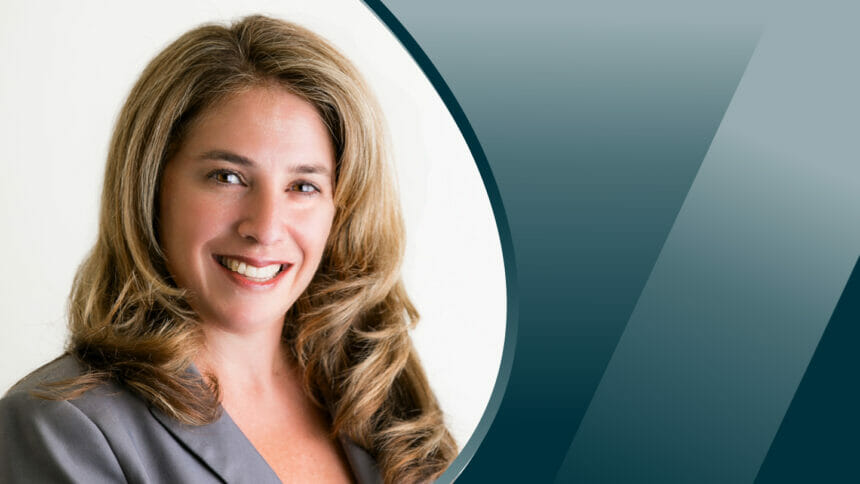
Amid some good news in healthcare hiring as we recover from the pandemic, staff shortages involve a range of difficult challenges that will persist for years. Among other factors, it’s difficult to find good registered nurses and retain them.
This is especially true in our post-acute world where only about 7% of RNs work. It can be a challenge to find and keep RNs, and there are also difficulties with LPNs, CNAs and other team members that patients need.
Post-acute staff have been trading their low-paying yet vital roles for better-paying jobs in other industries that are less burdensome. It’s been projected that by 2026, there will be a shortage of 3.2 million people in the lower-wage ranks of the healthcare labor force. The staffing shortage is a long-term challenge.
There are root causes of staff shortages that won’t be easily solved by business cycles or public policy. The healthcare staffing challenge can be framed as a fundamental shift that is part of our new reality. This sounds like a doom and gloom view, but I believe this shift is an opportunity to evolve and become stronger.
Merge staff workflow and tailored software to become your fundamental answer
Collaborative teamwork becomes a resilient foundation that supersedes any individual. Team members use tailored software as the reliable footing that keeps everyone in sync and supported. Teamwork and software create efficiencies that help keep folks from wanting to find new work elsewhere.
- Collaborative teamwork: Many buildings are steadily seeing more patients covered by Medicare Advantage (MA) health plans. Traditional fee for service Medicare is not disappearing, but the great shift to managed care is well underway. This means our care teams need to continue implementing MDS protocols for Medicare patients while also being equally well versed in caring for MA patients. Two different workflows.
As facilities have been slowly but steadily seeing the increase in patients covered by MA plans, a typical team naturally continues its normal MDS-centric protocols. This could pose a problem for the facility because managed care patients do not fit into the same review protocol that traditional Medicare follows. The result often is revenue slipping through the cracks.
The best way forward is to train staff in a workflow that has managed care protocols top of mind. This workflow is more dynamic and requires daily routines that empowers staff to help the facility maximize its reimbursement for each MA patient.
This MA-focused workflow has a bonus: It helps staff become a highly functioning interdisciplinary team. This leads to a strong team-based workflow that becomes a resilient foundation that can support the workflow when transitions occur.
- Tailored software: Tech that enhances people. It’s all too easy to think of workplace technology as a stand-in or replacement for people. In the context of staff shortages, I see technology as giving power to the people. A well-designed case management application serves as a never-sick, never-quits central hub that anchors the team so they’re on point, on message and always in communication with each other. This software is key when faced with higher Medicare Advantage volume and ongoing staff shortages.
Make your team more resilient to turnover AND maximize your managed care revenue
Meeting the moment in our business can feel like a hamster wheel because it seems like there’s always a moment. With staffing, I feel this is a genuine call to action moment.
Focusing on developing a resilient culture based around team workflow and investing in team-strengthening software creates a double win for two of the defining moments of our time. This solution builds resilience against staff turnover while also helping to maximize reimbursements for patients covered by managed care.
Susie Mix, BS, MBA, NHA, is the founder and CEO of Mix Solutions Inc. She has more than 20 years of experience in the post-acute care industry. Mix has been doing managed-care consulting with facilities since 2009. She can be reached at [email protected].
The opinions expressed in McKnight’s Long-Term Care News guest submissions are the author’s and are not necessarily those of McKnight’s Long-Term Care News or its editors.
Have a column idea? See our submission guidelines here.





